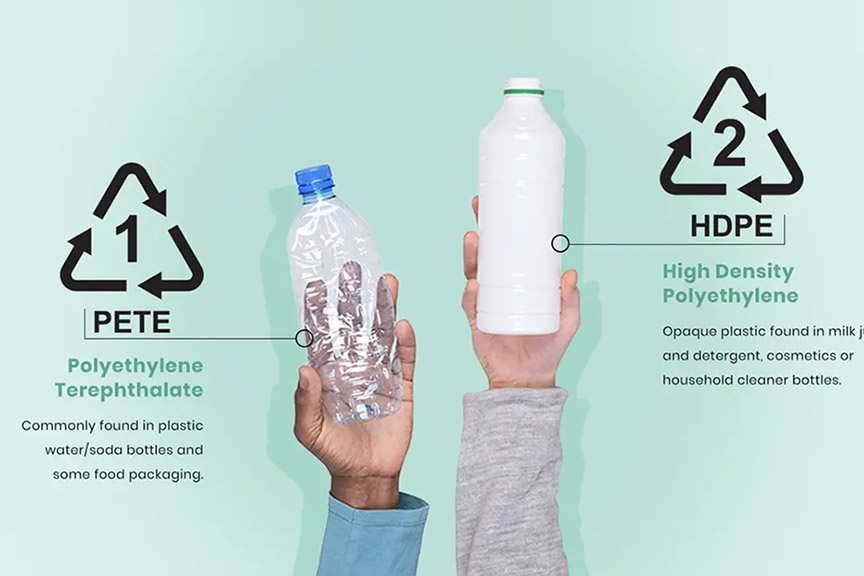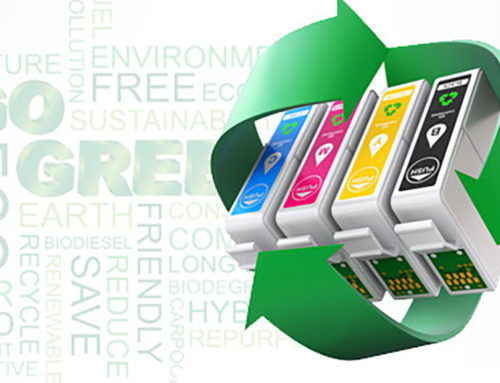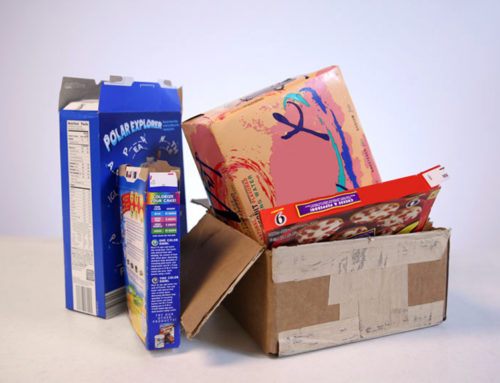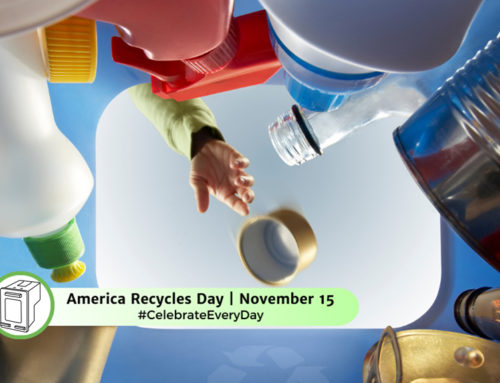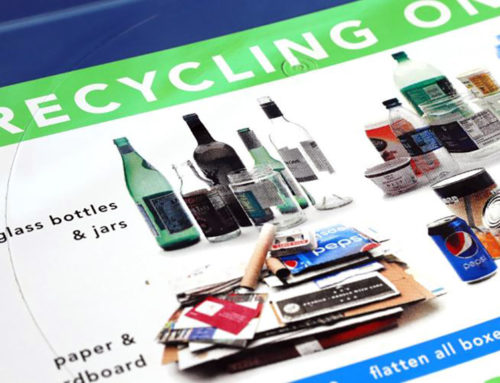Learning how to identify recyclable plastics is important if you want to do your part for the environment. Proper recycling practices ensure that more plastics are recycled rather than ending up in landfills or oceans.
Why Proper Plastic Recycling Matters
Doing your part to help the planet is crucial, but are you going about it the right way? When it comes to recycling plastics, there’s more to the process than simply tossing your water bottle in the recycling bin. Not all plastics can be recycled, and improper preparation can contaminate recyclable batches, rendering them useless. By learning which plastics are acceptable and how to properly prepare them, we can make a significant impact on reducing plastic waste.
Plastic that isn’t recycled is either put in landfills, incinerated, or finds its way into the oceans. Incinerating plastics produces carbon dioxide, contributing to the Earth’s rising temperature, according to NOAA Climate.gov. In landfills, plastic can take anywhere from five to 600 years to decompose, depending on the type. The average plastic bottle, for example, takes 450 years to decompose.
How to Recycle Plastic
Recycling plastic might be more difficult than you think. It’s essential to rinse out any food and liquids from containers before putting them in the bin. If the plastic isn’t clean, it can contaminate an entire load of recyclables, causing the recycling center to send the whole batch to a landfill.
When recycling plastic bottles, check if they say “crush to conserve” on the label. If so, remove the lid, crush the bottle by twisting from the top and pressing it down, then place the lid back on the bottle so it can also be recycled.
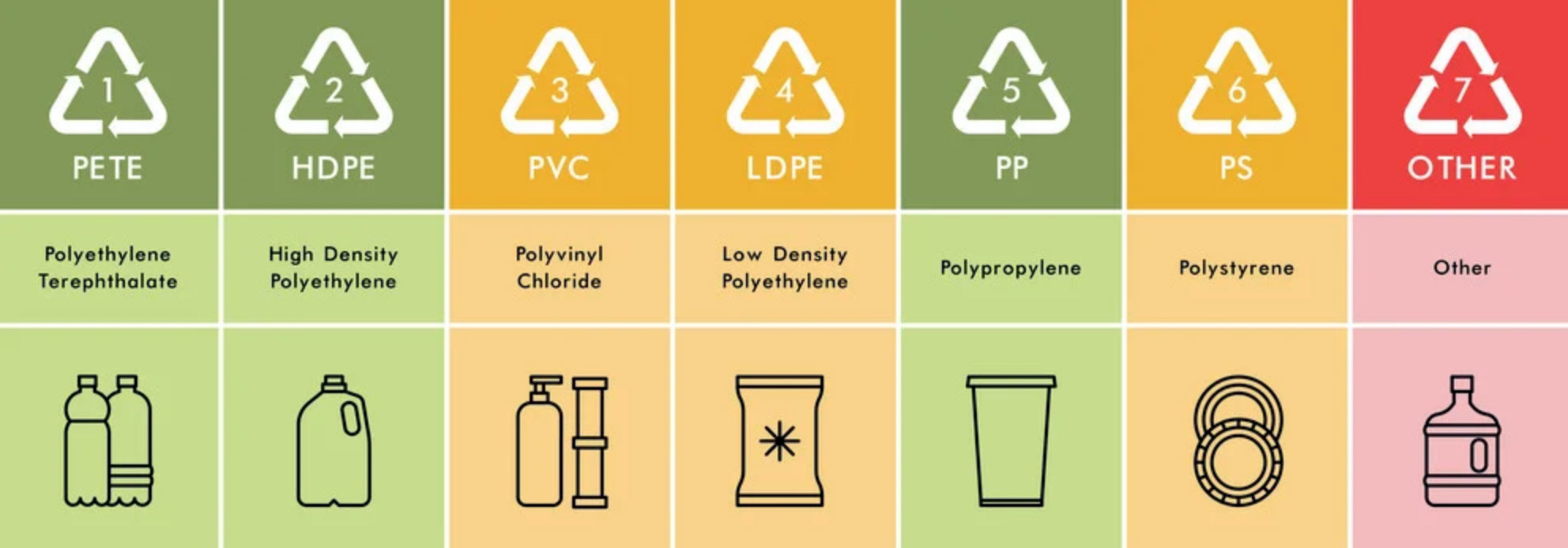
Know Which Plastics Are Recyclable
Not all plastics are equal. Many people toss all their plastics in the recycling bin without knowing if they are recyclable. If the plastic isn’t accepted by the recycling center, it will end up in the trash.
To know which plastics are accepted, contact your local recycling company. Many have additional information on their website about which items can and cannot be recycled. Plastic containers typically have numbers on the bottom that denote the type of plastic. For example, #1 and #2 plastics are almost always recyclable, while #6 plastics aren’t always accepted. If the plastic says “compostable,” it must be composted and not recycled.
The Reality of Plastic Recycling
According to plastic action platform rePurpose Global, less than 10% of plastic has actually been recycled. About 12% has been incinerated, while the rest is in landfills or the ocean.
Many recyclable plastics become unfit for reuse due to consumer habits, such as leaving residue or trash on them. Proper cleaning is essential to ensure that recyclable plastics can be reused.
What Else Can I Do?
The first step to preventing plastic waste is to limit your use of non-reusable plastics. Here are other ways to help:
- Use reusable straws instead of plastic straws.
- Avoid using plastic utensils unless they can be washed and reused.
- Recycle plastic bags: Check if your local grocery store or recycling center accepts them.
- Use cloth shopping bags instead of plastic ones.
- Choose glass or reusable plastic cups over disposable ones.
- Reuse plastic items: For example, opt for remanufactured ink cartridges, such as those from the DoorStep Ink brand, over newly manufactured ones.
- Avoid plastic foam: This includes egg cartons, packaging, and peanuts. Contact local schools to see if they can use it for projects.
Proper plastic recycling is essential for reducing waste and protecting the environment. By understanding which plastics can be recycled and ensuring they are clean and properly sorted, we can make a significant impact. Additionally, choosing reusable items and supporting sustainable practices, such as using remanufactured ink cartridges, can further reduce our plastic footprint.

